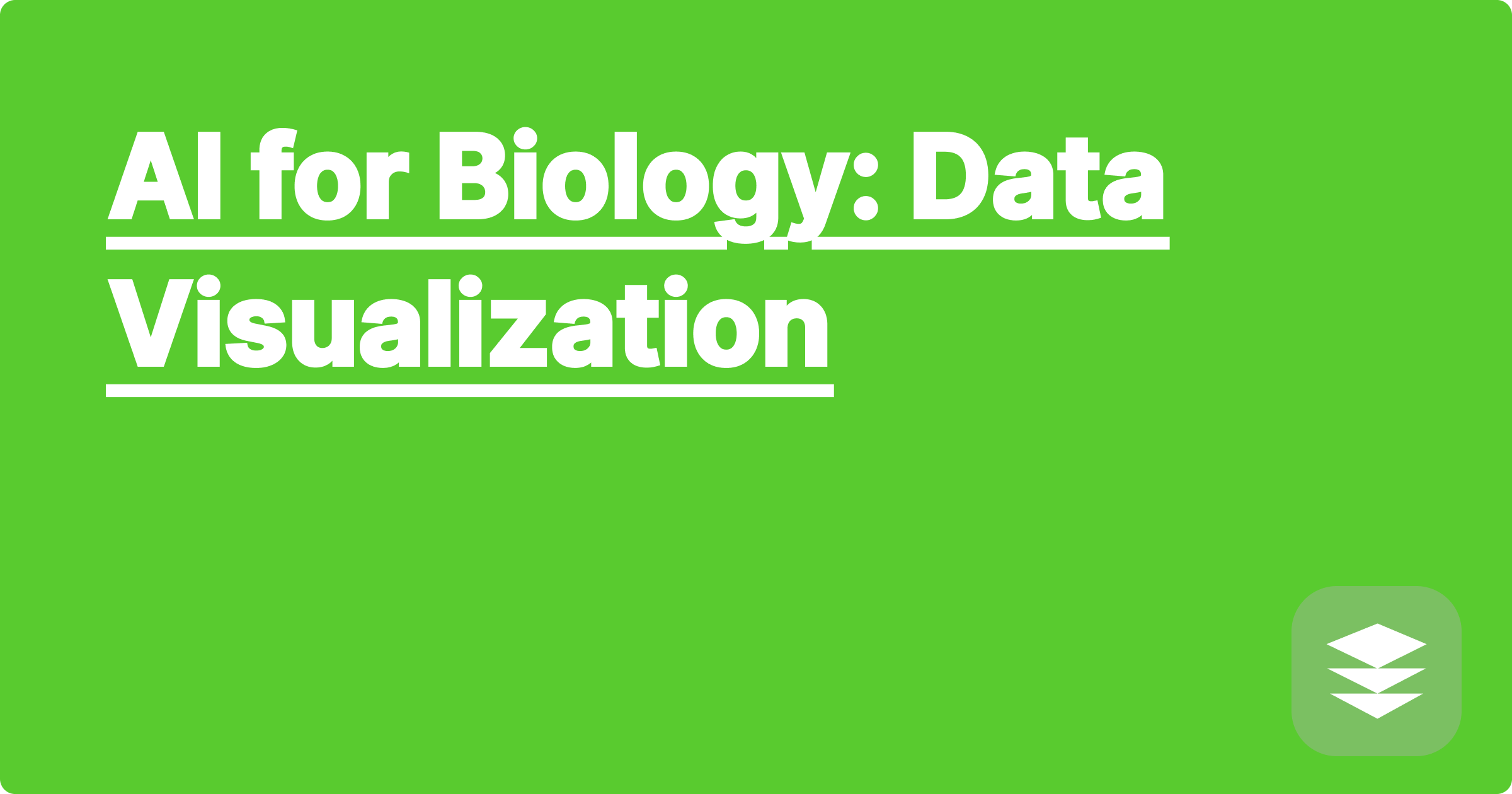
The sheer volume of data generated in modern biological research can feel overwhelming. From genomic sequencing to microscopy images, researchers grapple with making sense of complex datasets. Traditional methods of data analysis often fall short, struggling to uncover hidden patterns and insights within these vast repositories of information. This is where the power of Artificial Intelligence (AI) steps in, offering transformative solutions for data visualization and analysis, ultimately accelerating scientific discovery.
For STEM students, particularly those in biology-related fields, mastering these AI-driven tools is no longer a luxury, but a necessity. Understanding how to leverage AI for data visualization can significantly impact academic performance, research productivity, and future career prospects. This blog post will serve as your guide, exploring practical applications of AI in biological data visualization, offering step-by-step implementation strategies, and providing actionable tips for integrating these powerful tools into your academic and research workflows. We'll also explore how a hypothetical AI learning platform, GPAI, can further enhance your learning and research journey.
Imagine effortlessly transforming raw experimental data into insightful visualizations, revealing hidden correlations and trends that would otherwise remain buried. This is the promise of AI in biology. This article will delve into the specific challenges of biological data analysis and demonstrate how AI-powered tools can be used to overcome them.
Biological data is inherently complex and diverse. It comes in various formats, from gene sequences and protein structures to microscopy images and physiological measurements. Analyzing this data effectively requires sophisticated tools capable of handling high dimensionality, noise, and variability. Traditional statistical methods often struggle to capture the intricate relationships within these datasets, limiting the insights that can be extracted. Furthermore, the sheer volume of data generated by modern high-throughput techniques can easily overwhelm conventional analysis pipelines. This data deluge demands new approaches that can efficiently process, visualize, and interpret vast amounts of information. The lack of intuitive visualization tools can also hinder researchers' ability to grasp the underlying biological processes and communicate their findings effectively.
AI offers a powerful toolkit for tackling these challenges. Machine learning algorithms, a subset of AI, can learn complex patterns from data without explicit programming. This allows them to identify subtle relationships and generate predictive models that would be difficult or impossible to achieve with traditional methods. Deep learning, a more advanced form of machine learning, is particularly well-suited for analyzing high-dimensional biological data like images and sequences. AI-powered visualization tools can transform raw data into interactive and insightful representations, making it easier to explore, understand, and communicate complex biological phenomena. Tools like ChatGPT and Claude can be used to generate code for data preprocessing and visualization, while Wolfram Alpha can assist with complex calculations and statistical analysis.
Let's consider a scenario where you're analyzing microscopy images of cells. First, you would need to preprocess the images, potentially using AI-powered image segmentation tools to identify individual cells and their components. Next, you could use dimensionality reduction techniques like Principal Component Analysis (PCA), often implemented within AI libraries, to reduce the complexity of the data while preserving important features. This simplified data can then be visualized using tools like t-SNE or UMAP, creating interactive plots that reveal clusters of cells with similar characteristics. Furthermore, AI-powered image analysis can automatically quantify features like cell size, shape, and protein expression levels, providing valuable quantitative data for downstream analysis. This entire workflow can be streamlined using platforms like GPAI, which could offer integrated tools for image processing, analysis, and visualization.
Imagine using AI to analyze gene expression data from cancer patients. By applying machine learning algorithms, you could identify genes that are differentially expressed between healthy and cancerous cells, potentially uncovering new biomarkers for diagnosis or treatment. AI can also be used to predict the efficacy of different drug treatments based on a patient's genetic profile, paving the way for personalized medicine. In another example, AI-powered image analysis can be applied to microscopy images of brain tissue to identify and classify different types of neurons, helping researchers understand the complex architecture of the brain. These are just a few examples of how AI is transforming biological research.
To effectively integrate AI into your academic and research workflow, start by familiarizing yourself with the fundamental concepts of machine learning and data visualization. Numerous online resources and courses are available to help you get started. Experiment with different AI tools and platforms like TensorFlow, PyTorch, and GPAI to find the ones that best suit your needs. Don't be afraid to collaborate with other researchers and seek guidance from experts in the field. GPAI, for example, could offer personalized learning plans tailored to your specific research interests, helping you acquire the necessary skills more efficiently. By combining AI tools with effective time management strategies, such as the Pomodoro Technique integrated with AI-driven scheduling apps, you can maximize your productivity and achieve academic success.
Finally, remember to prioritize your mental well-being throughout your academic journey. The demands of STEM fields can be challenging, and it's essential to maintain a healthy work-life balance. Consider incorporating mindfulness practices and exploring AI-powered mental wellness apps to manage stress and maintain a positive mindset. GPAI could even integrate features that track your study habits and provide personalized recommendations for breaks and relaxation, ensuring you stay on top of your studies while maintaining a healthy balance. By embracing AI as a powerful ally and prioritizing your well-being, you can unlock your full potential and excel in your STEM career.
AI for Biology: Data Visualization
AI for Stats: Data Analysis Made Easy
AI Study Prep: Master STEM Exams
AI Homework Help: Conquer STEM
AI for Research: Find Key Papers
AI Coding Helper: Code Smarter
AI Physics Tutor: Problem Solving
AI in Biology: Data Visualization